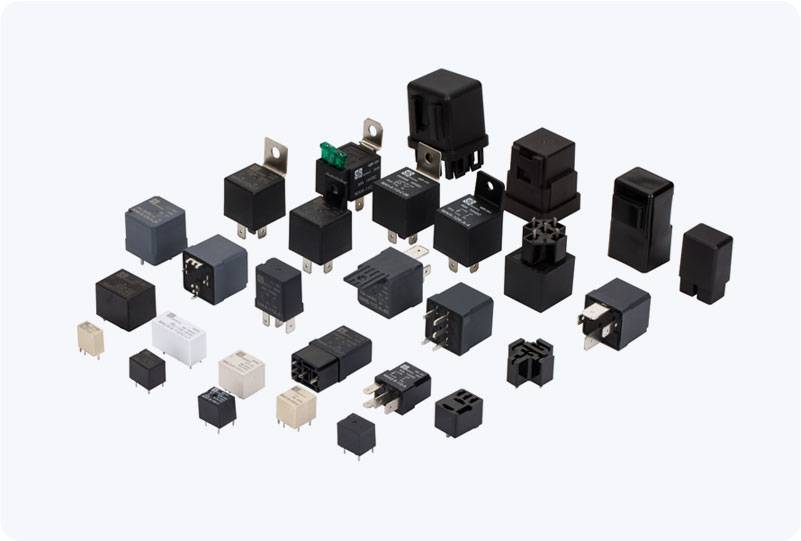the role and importance of circuit breaker relays in electrical protection systems
Release time:2025-06-16 04:17:47
Circuit Breaker Relays (CBRs) are essential components in modern electrical protection systems. These devices are designed to protect electrical circuits from damage caused by overloads, short circuits, or other electrical faults. By automatically disconnecting power when abnormal conditions are detected, Circuit Breaker Relays safeguard equipment, prevent fires, and ensure the reliability of the electrical grid. This article explores the function, types, applications, and significance of Circuit Breaker Relays in maintaining the safety and efficiency of electrical systems.

Understanding Circuit Breaker Relays
A Circuit Breaker Relay is a protective device that works in tandem with circuit breakers to monitor and control the electrical flow within a system. It is specifically designed to detect fault conditions such as overcurrent, short circuits, and abnormal voltage, and trigger the circuit breaker to disconnect the affected circuit. The primary role of a CBR is to ensure that electrical circuits do not operate under hazardous conditions, which could otherwise lead to equipment damage, electrical fires, or even fatalities.
The functioning of a Circuit Breaker Relay is based on various parameters such as current, voltage, and time. When these parameters exceed the pre-set limits, the relay sends a signal to the circuit breaker to interrupt the power supply. This automatic operation helps to prevent the escalation of faults and reduces the risk of significant damage.

